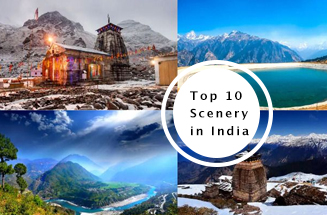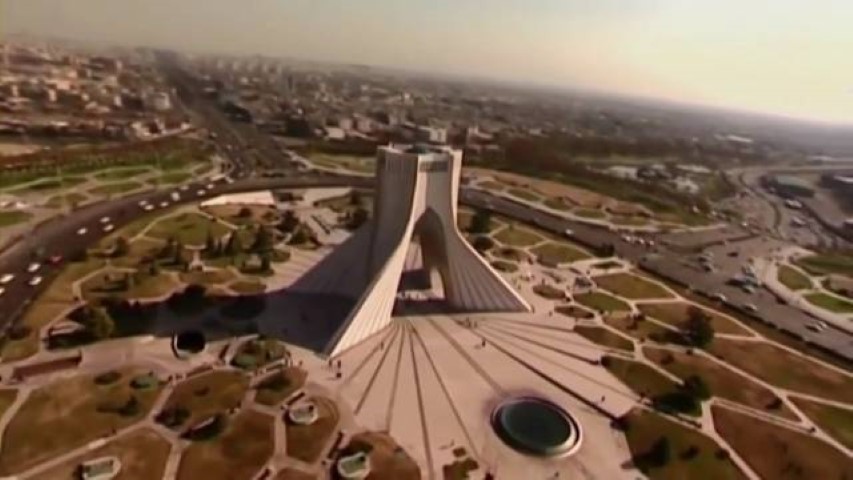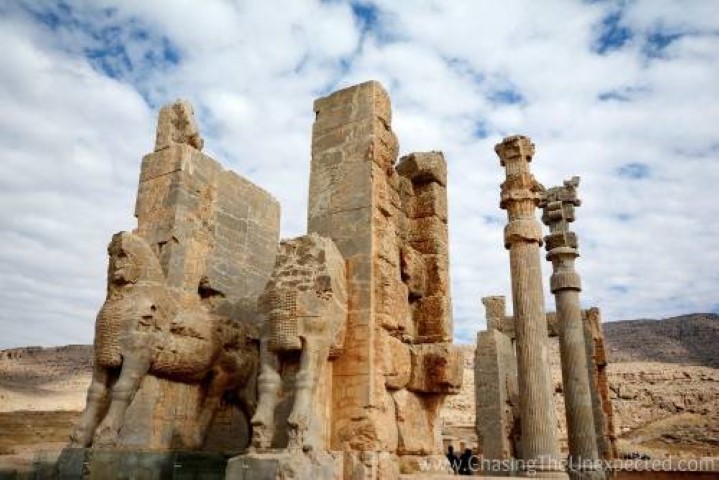Travel Iran with us | Book Iran Tour Packages Online
Iran, a mountainous, arid, and ethnically diverse country of southwestern Asia. Much of Iran consists of a central desert plateau, which is ringed on all sides by lofty mountain ranges that afford access to the interior through high passes. Most of the population lives on the edges of this forbidding, waterless waste. The capital is Tehrān, a sprawling, jumbled metropolis at the southern foot of the Elburz Mountains. Famed for its handsome architecture and verdant gardens, the city fell somewhat into disrepair in the decades following the Iranian Revolution of 1978–79, though efforts were later mounted to preserve historic buildings and expand the city’s network of parks. As with Tehrān, cities such as Eṣfahān and Shīrāz combine modern buildings with important landmarks from the past and serve as major centres of education, culture, and commerce.
The heart of the storied Persian empire of antiquity, Iran has long played an important role in the region as an imperial power and later—because of its strategic position and abundant natural resources, especially petroleum—as a factor in colonial and superpower rivalries. The country’s roots as a distinctive culture and society date to the Achaemenian period, which began in 550 BCE. From that time the region that is now Iran—traditionally known as Persia—has been influenced by waves of indigenous and foreign conquerors and immigrants, including the Hellenistic Seleucids and native Parthians and Sāsānids. Persia’s conquest by the Muslim Arabs in the 7th century CE was to leave the most lasting influence, however, as Iranian culture was all but completely subsumed under that of its conquerors.
An Iranian cultural renaissance in the late 8th century led to a reawakening of Persian literary culture, though the Persian language was now highly Arabized and in Arabic script, and native Persian Islamic dynasties began to appear with the rise of the Ṭāhirids in the early 9th century. The region fell under the sway of successive waves of Persian, Turkish, and Mongol conquerors until the rise of the Ṣafavids, who introduced Twelver Shiʿism as the official creed, in the early 16th century. Over the following centuries, with the state-fostered rise of a Persian-based Shiʿi clergy, a synthesis was formed between Persian culture and Shiʿi Islam that marked each indelibly with the tincture of the other.









.jpg)





